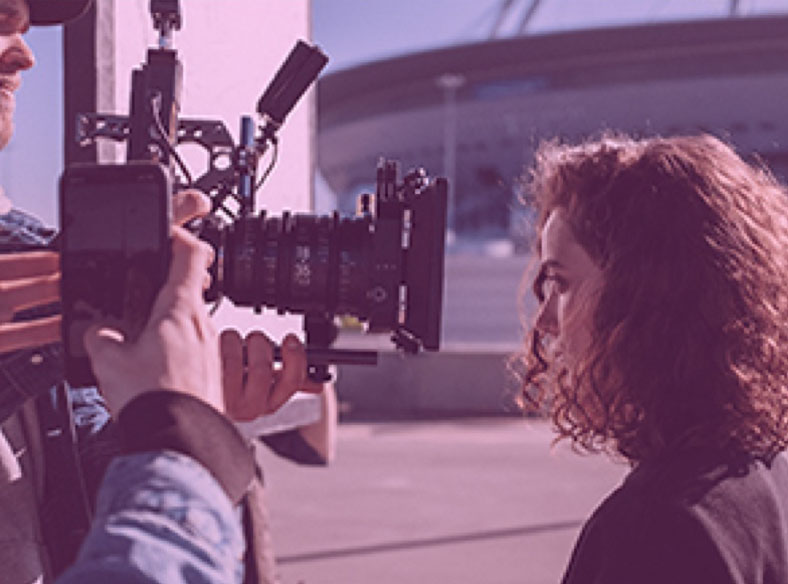How to Become a Professional ART DIRECTOR
in 2025
The ultimate guide: everything you need to know about building a career in art direction (how to make money AND a difference).

Be in demand. Art Directors are so crucial to modern brands and agencies, they can essentially take their pick of career moves. It's a high-demand skill set, with plenty of options.
Be a leader. In most advertising agencies, the role of an Art Director is to create the overall design for a campaign and direct others who develop artwork, images, or layouts. In other words, Art Directors are the ones responsible for determining the overall tone and style for a project, and for ultimately guiding an audience through the information that’s being presented to them. Put simply, they’re the ones who take something like a Spotify ad about the new Justin Bieber song and make it look like 2018’s biggest banger (instead of something you roll your eyes at).
The joy of collaboration. Work with talented and passionate creative people from all walks of life, and learn to elevate your work through the magic of creative collaboration.
Ideas galore. When it comes to an average 9-to-5 (or 9-to-9), Art Directors are the ones scribbling down ideas in the middle of meetings and papering their desk (and their co-worker’s desk) with sticky notes. That's because Art Directors are tasked with solving a client’s problems through concepting and the execution of different ad media like billboards and commercials. Once they have a winning idea, it’s a matter of pitching that campaign to their team, creative directors, and clients. To put things into perspective, a day in the life of an Art Director usually involves brainstorming 99 different ideas just to find one idea a client will get behind.
Make that cash. At the end of the day, a career can be fun, fulfilling, creative, etc...but if it isn't bringing in the cheddar, who is one to pay the rent? Good news: art directors. Entry-level jobs pay more than many other careers...and the best-of-the-best are taking home C-suite-level paychecks.
A Day in the Life of an Art Director
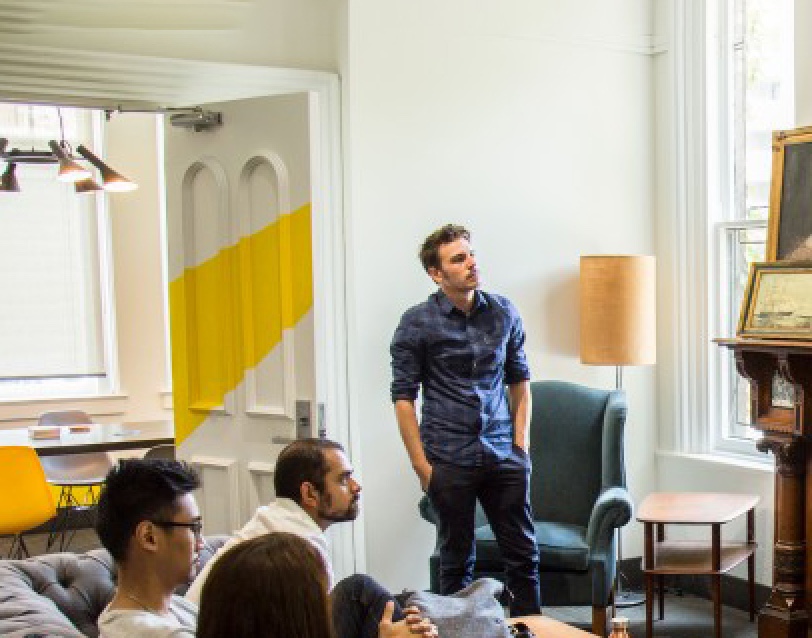
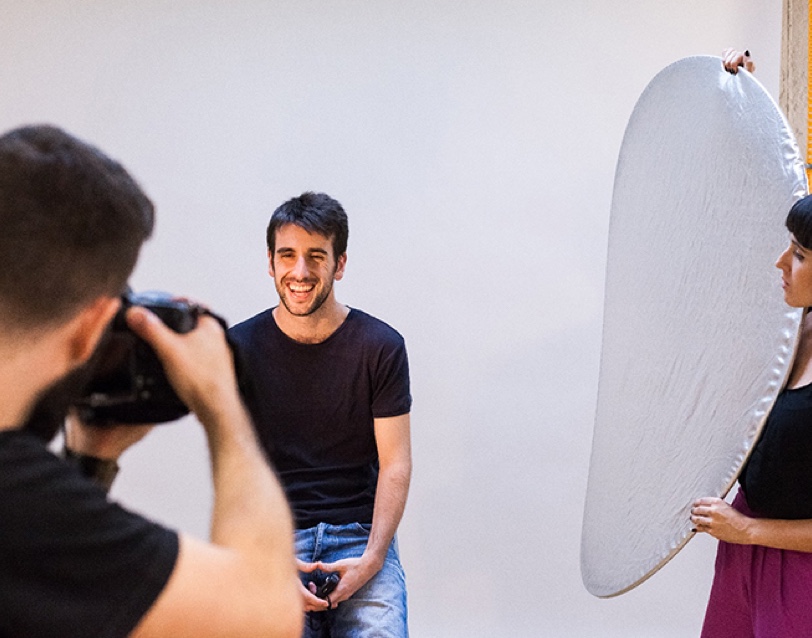
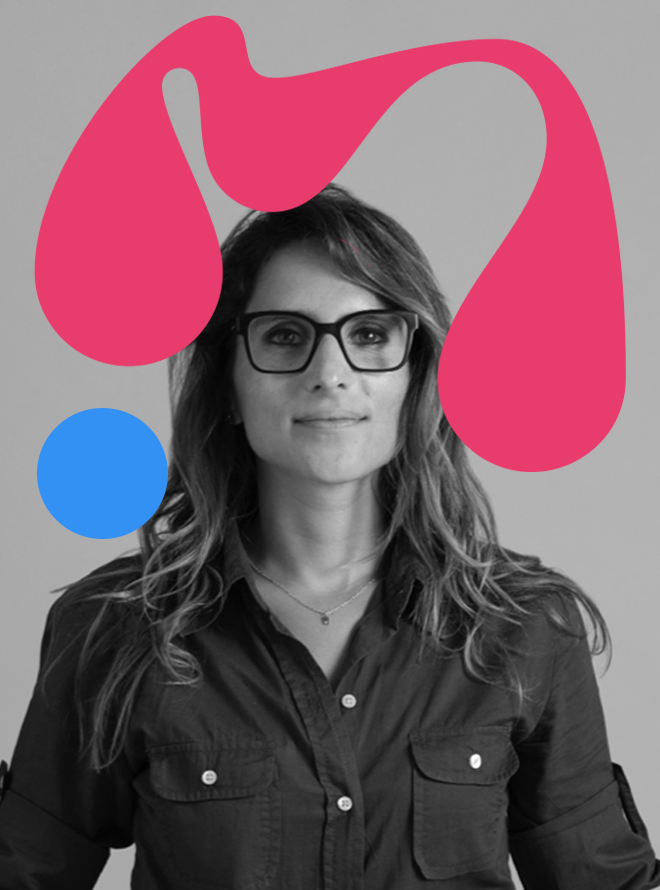
Why Be An Art Director
Art Direction turns it up to 11.
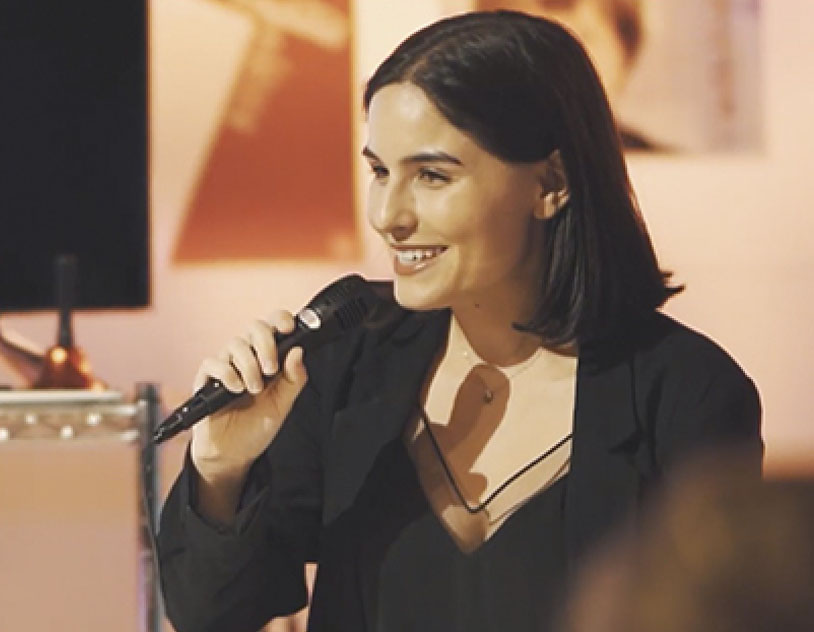
Opportunities
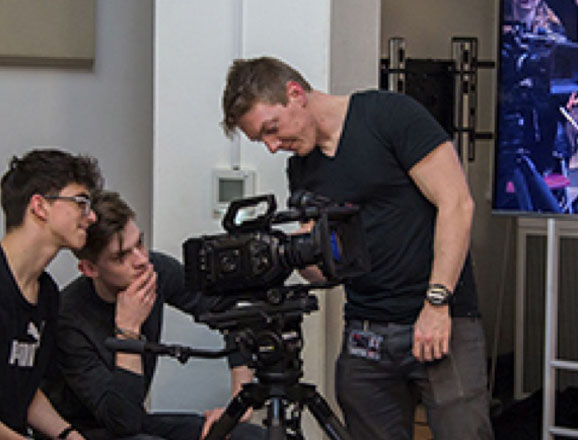
Freedom
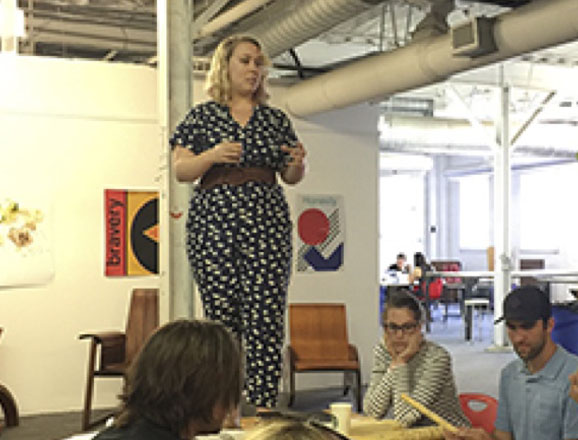
Difference

The Career of an Art Director
it’s all possible for an Art Director
Art Direction isn’t like banking or a retail outlet—there’s not necessarily a clear, simple, hierarchical career ladder, just waiting for an ambitious young go-getter to climb it.
No, it’s more like a sports team. Sure, you generally start out with less responsibility, and take on more as you gain experience and talent. But it’s a meritocracy, first and foremost. Whether you choose to pursue a freelance career, join an agency, or work in-house for a brand (we’ll talk more about those choices in a moment) the important thing is always the ideas and the work. You’ll rise and fall with the quality of the projects you produce.
As for getting a foot in the door, there are many possible avenues. Some begin as copywriters and discover, through working with the design team, that the management angle is more their speed. Others start their journey in graphic design and realize they want more control (and responsibility). Still others simply find their way there by essentially performing the role as part of a small start-up brand.
- Major tech companies (think Apple, Tesla, or Instagram)
- Leading creative agencies (Ogilvy, McCann, and R/GA come to mind)
- Consumer brands with a focus on communication (Nike, Disney, Coke, and more)
- Freelancing (with all the freedom, headaches, and excitement that come with it)
How Much Do Art Directors Make?
According to Indeed, the average base pay for a US-based Art Director in 2020 is $76,370.
Of course, as with any other profession, that number is dependent on a number of factors—not least of which is where you choose to work.
For example, Art Directors at major tech companies (like Facebook or Apple) can often bring home something closer to $200,000 /per year.

The Skills Any AD Needs
it’s all possible for an Art Director
Art Direction is many things…but simple is not one of them. As we’ve discussed above, the range of activities is wide, and there’s any number of talents that might benefit an up-and-coming AD in their career.
That being said, there are a few traits common to most successful Art Directors. Let’s go over a few:
Skills | Description | Why It's Useful |
Problem Solving | Art Directors are in high, high, high demand. Organizations compete to ensure they get the best talent—offering great compensation and plenty of benefits. | Nothing helps a business succeed like applied creativity. Often, the so-called “industry standards” amount to little more than dogma—assumptions and biases that can prevent a business or project from truly flourishing. An expert problem solver can help break down those walls. |
Working With a Team | Knowing when to lead and when to step back. Collaborating with other creative professionals to maximize the talents of everybody on the team. | The myth of the lone genius is just that—a myth. The best creatives play well with others. |
An Eye for Detail | Spot the difference between two color swatches. Never miss a typo. See the nuances of the logo placement on that latest website overhaul... | As leader of a creative team, the buck tends to stop with the AD. Of course, they don’t need to do everything themselves. But they should be noticing things that no one else is. That’s how you know they’re on their game. |
Communication | Maybe the most ancient human skill...and the one that so many of us still need to work on. How do we share what we’re thinking with others—and more importantly, understand what they’re trying to tell us? | An Art Director spends so much of their life coordinating the efforts of others. To do that effectively, they need to listen and keep their finger on the pulse of their creative team (and their clients). |
Pitching | It takes finesse, charisma, and a fair bit of agility to bring others on board to your way of thinking. An AD does that more often than just about any other professional. | An idea is just an idea until a group of people agree to take it on. And the very best ideas often come across as radical at best (or stupid at worst). The AD knows how to make those wild ideas palatable and workable. |
Handling Criticism | Does it hurt to hear that your idea is both wrong and bad? If you’re looking to be an AD, you’ll have to stiffen that upper lip... | There’s a sweet spot when it comes to hearing critiques: you’ll need to keep your ego intact, without ignoring the feedback. If you can take advice without losing your cool, you’ll be well on the way to superstardom. |
Pop Culture Expertise | Do you keep up to date with the latest Netflix offerings, gaming trends, Spotify playlists, and culture-defining podcasts? You may not need to read/watch/hear it all...but you should know what’s going on. | Art Directors are professional communicators. And nothing makes communication easier than speaking the same language as your audience. |
10 Commandments for a Creative Leader
A few years back, our sister school in Toronto asked Patrick Maravilla, the founder and Executive Creative Director at Little Big Engine, for his 10 rules any creative should follow in the industry. Here’s what he said:
#1. Be Ready to Learn
Look at everything as a learning opportunity. Learn to love the process – not just the outcome.
#2. Be Strategic
In advertising Creativity needs to be focused and strategic to solve problems it’s not just creative for the sake of creative.
#3. Don’t Take It Personally
Just because your idea dies, doesn’t mean you’re bad necessarily. You could be bad, you’ll know if all your ideas die every single time then you might want to consider a different career choice.
#4. Patience is a Virtue
Don’t feel pressured to take another job because you’re not making work. Be loyal to those who are teaching you the most.
#5. Remember the Little Things
Don’t get focused on the minutiae and feedback and the rounds – stop to look up and realize you get paid to do awesome stuff.
#6. Explore the Industry
Know your roots. Learn who’s doing what and learn what’s winning in the award shows. Learn not just the work, but the people and agencies behind it.
#7. Know What You Can Control
There are so many things in our industry that can impact you that you have no say in, so don’t worry about that stuff – it’s hard because we’re creatives, but don’t let it bother you.
#8. Keep Creating
Don’t let advertising be your only creative output – you got into advertising because you’re creative – don’t let it stop you from being creative outside your job.
#9. Know Thyself
Don’t feel the pressure to move up the creative ranks into titles – enjoy the process of learning your skill and producing great work.
#10. Check Your Ego
Don’t feed into the ego inflating award shows that I did – or that people do. Don’t let the industry tell you that you’re better than anyone else because we’re all in this together.
Beyond those skills

How Do I Make The Big Time?
That’s the big question in the world of Art Direction. Hiring managers might glance at your other qualifications…but at the end of the day, what they want to see is your portfolio.
The most important thing you can do to advance your life as an Art Director is develop a deep portfolio of jaw-dropping work.
Beyond that, there’s also another factor: who you know. That’s why many budding creatives go to astounding lengths to find mentors they can rely on. They also attend industry events, chat people up on LinkedIn, invite strangers for coffee…anything to get that foot in the door.
Where Should You Study Art Direction?
Which Program Is Right For You?
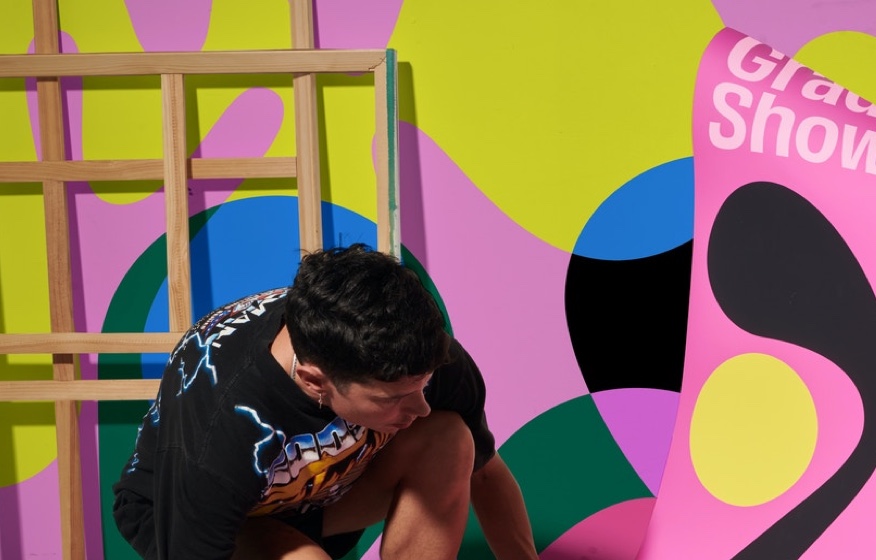
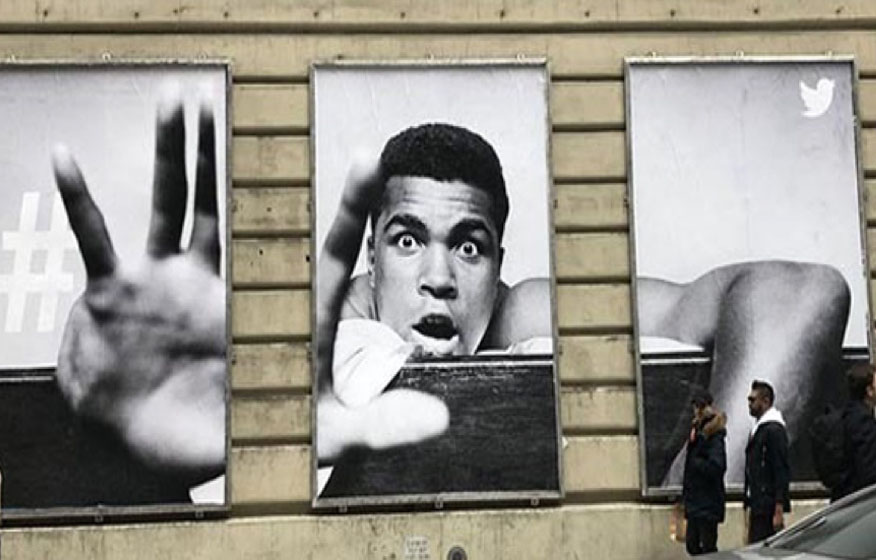
With the enormous growth of brands having in-house marketing departments that create their own content, having both a portfolio AND a masters degree is a tremendous advantage. To that end, we partner with accredited universities to offer Master’s degrees.The result is a joint program—the university grants the degree while students develop their portfolios and a network of industry contacts with MAS.
JOIN THE CREATIVE NETWORK
Add yourself to the list of 60,000 creatives getting the weekly Miami Ad School newsletter.
